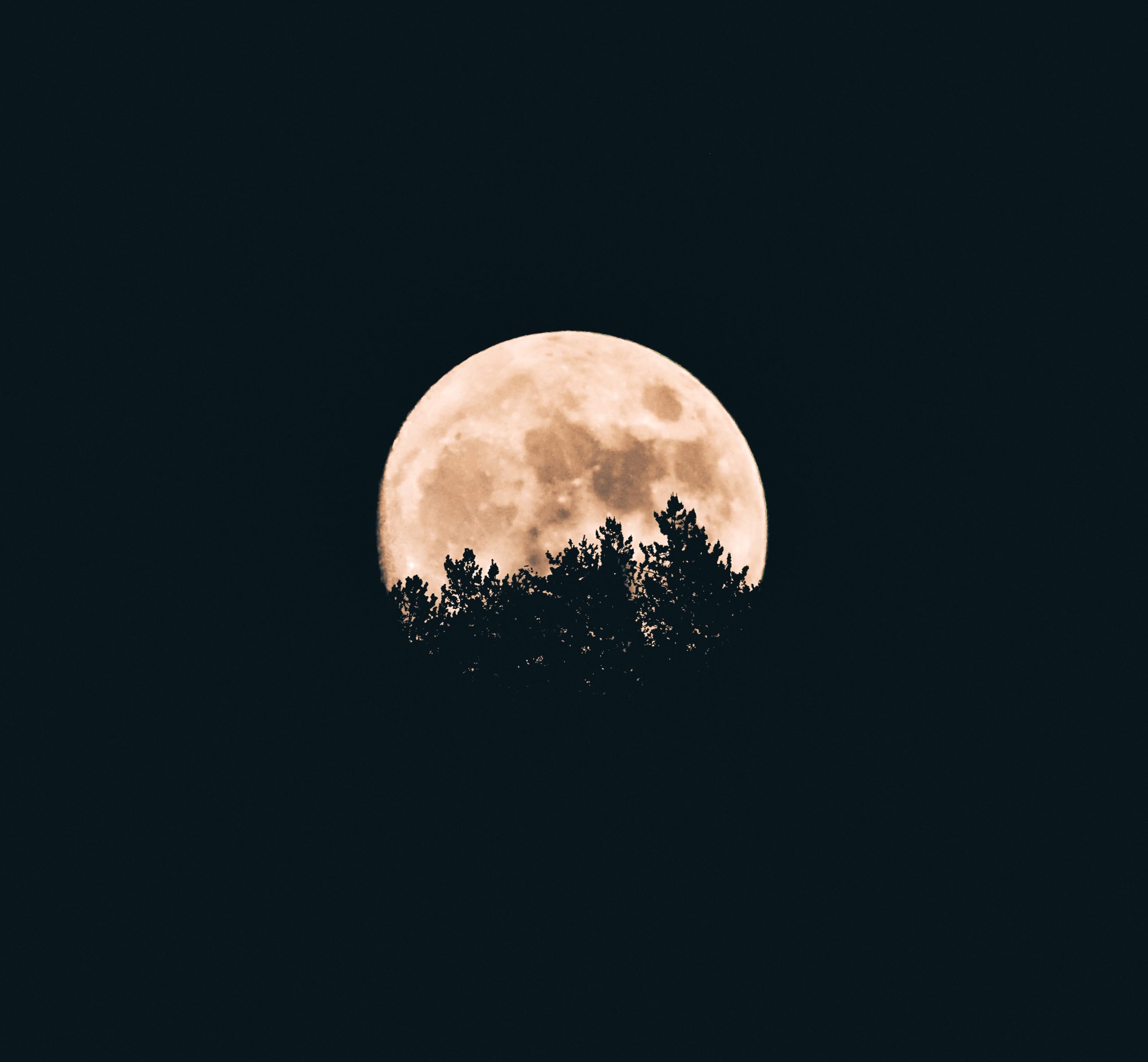Debunking Common Myths About the Moon
Throughout history, the moon has captivated our attention and sparked our imagination. As Earth’s only natural satellite, the moon has been a source of fascination and wonder. It has been the subject of myths, legends, and countless misconceptions. In this blog post, we will explore and debunk some of the most common myths about the moon.
Myth 1: The Moon is Made of Cheese
One of the most enduring myths about the moon is that it is made of cheese. This idea likely originated as a humorous folktale, but it has persisted in popular culture. The reality, however, is quite different. Scientific evidence tells us that the moon is primarily composed of rock and metal, similar to Earth’s crust. Extensive studies and moon missions have provided concrete evidence that refutes the cheese theory.
Myth 2: The Dark Side of the Moon is Always Dark
The phrase “dark side of the moon” conjures up images of a perpetually dark and mysterious hemisphere. However, this is not accurate. While it is true that the same side of the moon always faces the Earth, all areas of the moon experience both day and night. The better term to use would be the “far side” of the moon, which is sometimes hidden from terrestrial view. Astronauts who have traveled to the moon have confirmed that the lunar surface receives sunlight just like any other celestial body.
Myth 3: The Moon Only Appears at Night
Another common misconception is that the moon only appears in the night sky. In reality, the moon is visible during the day as well, though it may be less noticeable when the sun is shining brightly. The moon’s visibility during the day depends on its phase and its position relative to the sun and Earth. Clear daytime sightings of the moon are not uncommon, especially in certain parts of the world where atmospheric conditions are conducive to spotting it during the day.
Myth 4: The Moon Influences Human Behavior
There is a widespread belief that the moon influences human behavior, leading to increased aggression, crime rates, and even more births during a full moon. Despite countless studies attempting to establish a connection, there is no scientific evidence supporting the notion that the moon exerts a direct influence on human behavior. While the moon’s gravitational force does affect tides, it has not been proven to impact human psychology or behavior in any substantial way.
Myth 5: The Moon Landing Was a Hoax
One of the most enduring and controversial myths surrounding the moon is the claim that the Apollo moon landings were staged. While conspiracy theorists have put forth various arguments over the years, all the evidence overwhelmingly supports the fact that the moon landings were real. The moon rocks brought back by the astronauts have been positively identified as lunar samples, and the photographic evidence from the missions is consistent with the moon’s distinct geological features.
Myth 6: The Moon Is the Same Size Everywhere
Although the moon appears as a perfect circular shape when we observe it from Earth, it is not entirely uniform in size. Due to the moon’s slightly elliptical orbit around Earth, its distance from us varies. Consequently, the moon can appear slightly larger or smaller in the sky depending on its position in its orbit. An optical illusion called the “moon illusion” also makes the moon appear larger when it is near the horizon, although the moon is actually the same size regardless of its position in the sky.
Myth 7: The Moon Has No Atmosphere
Contrary to popular belief, the moon does have an atmosphere. However, it is significantly thinner than Earth’s atmosphere. The moon’s atmosphere, often referred to as an exosphere, consists of extremely low-density gases and tiny amounts of elements like helium, neon, and argon. The lack of a substantial atmosphere on the moon means that there is no weather or significant protection from solar radiation and micrometeoroids.
Myth 8: The Moon Has a Man’s Face
Throughout history, countless people have claimed to see various faces and shapes on the moon’s surface. The most famous of these lunar “faces” is the “man in the moon.” While it is intriguing to imagine the moon’s surface forming the shape of a man’s face, these patterns are simply the result of pareidolia— our tendency to perceive familiar patterns, such as faces, in random shapes. High-resolution images from spacecraft and telescopes reveal that the moon’s surface is actually covered in impact craters, ridges, and mountains.
The Real Wonders of the Moon
While the moon is not made of cheese, doesn’t have a dark side, and does not directly influence human behavior, it remains a celestial body of great significance to humanity. Its gravitational force influences our tides, its cycles have cultural and religious significance, and its physical exploration has pushed the boundaries of human achievement. The moon is a beautiful and awe-inspiring object that continues to inspire scientific discovery and capture our imaginations.
Understanding the moon’s true nature, debunking the myths that surround it, and appreciating its actual wonders allow us to better grasp our world and the vast universe beyond. By exploring the facts and dispelling common misconceptions, we can deepen our understanding of the moon’s role in our lives and appreciate it for what it truly is.
Table of Contents
